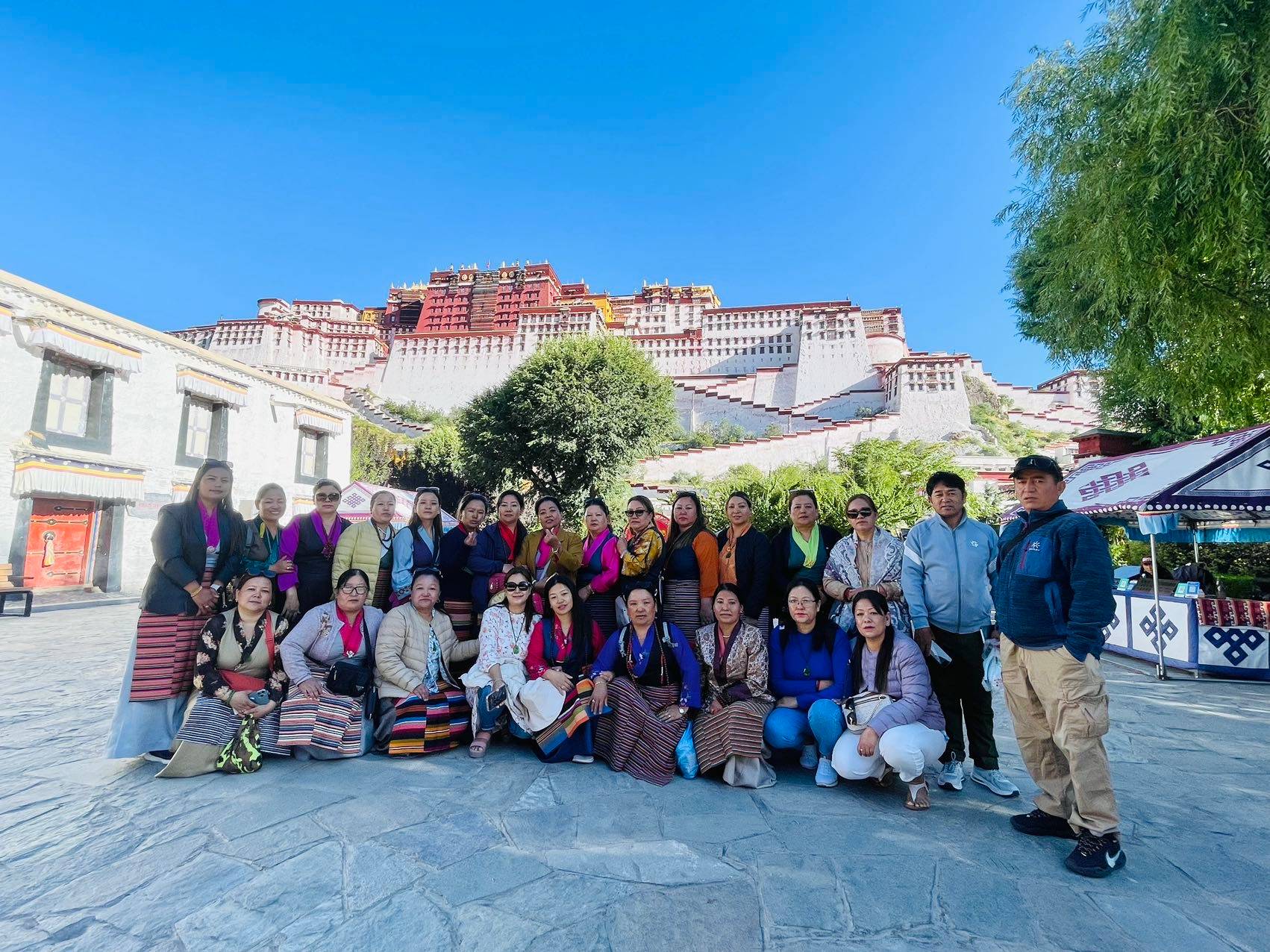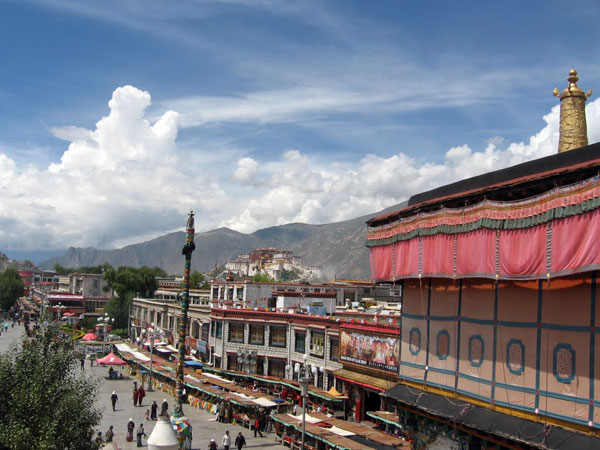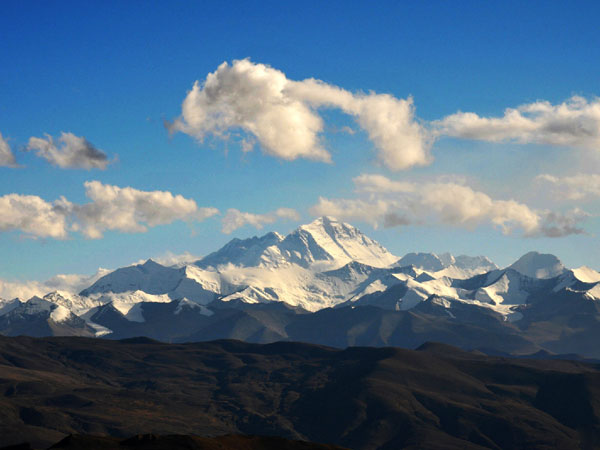6 Tibet Travel Restrictions you should be aware of
Embark on a journey to Tibet with confidence by understanding the essential travel restrictions and guidelines. These insights will help ensure a safe, respectful, and unforgettable experience in this extraordinary destination.
Traveling to Tibet, a region with unique rules and limitations offers a journey unlike any other in China. Known as the “Roof of the World,” Tibet is a place of profound spiritual and historical significance. From the revered Jokhang Temple to the majestic Potala Palace, it is a treasure trove of major religious and cultural landmarks. It is also home to some of the highest mountains in the world, including the awe-inspiring Mount Everest (the north side). Before you plan to travel to Tibet, you should know the Tibet Travel Restrictions and coordinate with your tour operator.
Importance of Tibet Travel Restrictions
Understanding the travel restrictions in Tibet is not just important, it’s crucial. These measures, while stringent, are in place for essential reasons. Tibet’s fragile nature, isolated location, and delicate political status necessitate these measures. They also control the number of visitors, ensuring the preservation of the community’s natural beauty, cultural legacy, and way of life. Moreover, given Tibet’s high-altitude habitat, these laws play a vital role in mitigating the adverse effects of tourism on the environment. Lastly, in light of the global attention on Tibet’s autonomy and human rights, these laws minimize potential political sensitivities.
Embarking on a journey to Tibet requires meticulous planning. This includes careful scheduling, packing, and, most importantly, obtaining your visa and Tibet permits well in advance. Obtaining these permits can be complex, involving several documents and approvals. By taking these steps, you can ensure that your trip to this unique destination is smooth and enjoyable.
Six Tibet Travel Restrictions
Those who intend to visit Tibet should be aware of the following six crucial travel restrictions:
-
Solo Travel is not allowed.
While solo travel is not allowed in Tibet, international visitors can rest assured that they will be well cared for. They are required to travel in group tours organized by China’s authorized travel agencies. This policy ensures that the agency oversees every trip, from lodging to transportation and sightseeing. The itinerary must be pre-approved, and the tour group will always be escorted by a licensed Tibetan guide, providing a secure and confident travel experience.
-
All essential permits are required.
You cannot visit Tibet with just a passport and a Chinese visa. In addition to those documents, you may require different permits for your desired travel destinations.
-
- Tibet Travel Permit (TTP):
Tibet Travel Permit (TTP) is the primary one, and any travelers coming to Tibet should have it. It may only be acquired via a Chinese travel operator and is issued by the Tibet Tourism Bureau. This permit would take 15-20 days to get issued, so you should inform your tour operator 20 days earlier. The TTP lets you visit Lhasa and the neighboring locations. If you wish to travel to other areas like Shigatse, Ngari, or Mount Everest, you should get other permits like Alien or Military.
-
- Alien’s Travel Permit:
The Public Security Bureau (PSB) issues this Alien’s Travel Permit (ATP), but first, you should have the Tibet Travel Permit. This permit lets you visit outside of Lhasa. Some locations, like Shigatse and Tsetang, can be visited after you have the ATP.
-
- Military Permit:
This permit is required for travel to Nyingchi, Ngari (Mount Kailash area), areas close to the Indian border, and other military-sensitive locations. The Military Office issues this permit, which has to be scheduled through your travel agent.
-
- Group Visa and Border Pass:
If you travel from Nepal to Tibet, you should have the Chinese Group Visa and Border Pass. You can get a group visa from the Chinese Embassy in Kathmandu, which allows you to visit other regions of China. Your tour operator will apply for the border pass and then provide you with a photocopy, which will be checked at the border or airport.
-
Restricted Entry Points
Getting into Tibet is complex, and only authorized entry via designated routes is allowed. Tibet cannot be reached by direct international flights, so all international travelers must first enter China. Alternatively, they can travel to Nepal and fly to Lhasa from Kathmandu. Major Chinese cities, including Guangzhou, Beijing, Chengdu, and Xi’an, provide direct flights to Lhasa.
If you love train travel, you can also use this option to reach Lhasa from Beijing. Chengdu, Shanghai & Xining. Another good option for visiting Tibet is an Overland tour from Kathmandu, Nepal. The overland journey might be challenging and require other special permits, but this will be the most adventurous trip to Tibet.
-
Restricted Entry for Specific Nationalities
Not everyone can travel to Tibet. Top-level people like government officials, journalists, or diplomats may have to experience the problem of issuing visas as tour operators are restricted from organizing Tibet tours for them. So, they should get approval directly from the China Foreign Affairs Office.
The Chinese government may momentarily stop issuing visas to all foreigners, making travel impossible, during times of very high political sensitivity, such as the anniversaries of the Tibetan rebellion on March 10th or other significant Chinese national festivals.
These precautions prevent any actions interpreted as unstable or politically sensitive. Travelers must be up-to-date on the political situation and any limitations affecting their trip arrangements.
-
The Everest region beyond Rongbuk Monastery is restricted to regular tourists
Regular travelers cannot go farther than Rongbuk Monastery in the Everest region. However, this restriction does not prevent you from having a clear view of the breathtaking vista of Mount Everest’s north face. With just three permits, you are good to go for the trip.
To trek to Mount Everest, professional mountaineers must apply for climbing licenses from the General Administration of Sport of the China Climbing Association.
-
Travelers are restricted to specific locations
International travelers can see most of Tibet’s attractions with the required permits, but they are not allowed in some places. Buddism’s famous and sacred site, Lhamo La-tso, is not open to international travelers. Other places, mainly in the border areas, like Yadong County of Shigatse, Ngari’s Pangong Lake, etc., are also restricted to international travelers.
Conclusion:
It takes meticulous planning and compliance with laws to circumvent the travel limitations to Tibet. These precautions safeguard tourist safety while also preserving the area’s nature, culture, and political stability.
Consider making travel arrangements with the Tibet Kailash Tour for a fantastic vacation to Tibet. Our knowledgeable staff will handle all permit applications and trip planning, guaranteeing a hassle-free and engaging experience. We provide an in-depth exploration of Tibet’s natural and cultural treasures, expert guides, and well-planned itineraries. Tibet Kailash Tour offers a complete and fulfilling travel experience, encompassing the tranquil monasteries of Lhasa and the spectacular peaks of the Himalayas.
For a once-in-a-lifetime experience at the center of the Tibetan plateau, make your reservation with us today.










![Best Time to visit Tibet [UPDATED 2025] Best Time to visit Tibet [UPDATED 2025]](https://www.tibetkailashtour.com/wp-content/uploads/2024/04/jpeg-optimizer_tibet-kailash-tour-travel-trips20.jpg)
![Visa Free Travel to Tibet in 2025 [Latest Updates] Visa Free Travel to Tibet in 2025 [Latest Updates]](https://www.tibetkailashtour.com/wp-content/uploads/2024/04/jpeg-optimizer_tibet-kailash-tour-travel-trips9.jpg)
![Top 7 Must Visit Places in Tibet for First Time Travelers [UPDATE 2025] Top 7 Must Visit Places in Tibet for First Time Travelers [UPDATE 2025]](https://www.tibetkailashtour.com/wp-content/uploads/2024/06/6c978fb7ddcee0dcee698c61af837f0d.jpg)


